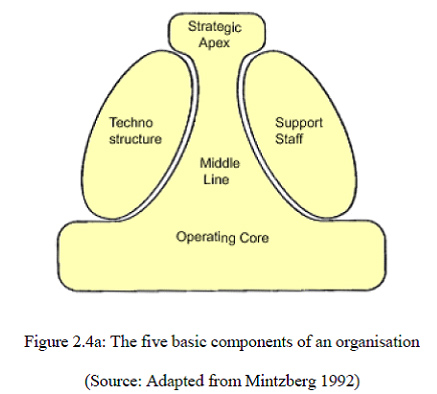Creating Sustainable Change – How to create and sustain change?
April 3, 2025
 Creating Sustainable Change – How to create and sustain change?
Creating Sustainable Change – How to create and sustain change?
Who doesn’t like change and who doesn’t want to change? These are certainly truisms in the 21st century landscape where businesses proclaim their commitment to change and exhort their employees to “Be the change you want to see”. However, having a vision and mission statement that commits to change is different from actualizing the change.…
 Why Some Organizations are Better at Driving Change ?
Why Some Organizations are Better at Driving Change ?
We live in a world where increasing complexity is the order of the day and the business landscape is characterized by a rapid turnover of companies which find themselves dethroned from their position because of outmoded thinking or anachronistic strategies. For instance, Nokia and RIM (the maker of Blackberry) were at the top of the…
 Contingency Model of Change Management: Dunphy and Stace’s Model of Change
Contingency Model of Change Management: Dunphy and Stace’s Model of Change
The contingency model is an extended version of Lewin’s three step in which Dunphy and Stace (1988, 1992 and 1993), explained the process of change from the transformational organization perspective. Dunphy and Stace (1993), put forth a situational or contingency model of change, which emphasized on the fact that organizations should vary their change strategies…
Mintzberg and Quin (1991) proposed 4 broad situational factors which can influence the extent to which an organization can change. These factors are organizational age and size, the technical systems of the organization, organizational environment and the nature of control exerted from various sources.
Young organizations which are relatively in the start-up stage, have relatively smaller structures and hence they spend less time on establishing formal traditions and practices which in due course of time may act as barriers to change. Hence the young organizations adjust with the change and accept the change.
But on the other hand, the older organizations which have formal structures and strongly established traditions and practices find it difficult to adjust to the changes and are less flexible in their approach. Large organizations follow greater hierarchy required for supervising the employee activities and need to maintain greater control.
The model further goes on to describing 5 main components of an organization which influence the extent to which an organization need to change. These components are:

According to Mintzberg, all the components need to blend for improved organizational functioning. He equally maintained that organizational structures can be identified as machine organization (bureaucracy), entrepreneurial organization, the innovative organization (adhocracy) and the divisional (diversified) organization.
He explained that machine organizations have more formalized structures and rely on standardized processes, routines and procedures are involved in the process of organizational functioning, is based on centralized decision-making process, and moreover, tasks are clustered or grouped in accordance with the functional departments.
He further described that machine organizations have a vertical structure, in which the decision making is centralized and the senior management implement decisions centrally. Since the machine organizations follow centralized decision making and are formalized structures like the government organizations, hence they can do well when it comes to handling the routine nature of works but not under circumstances when radical decisions are supposed to be implemented.
Your email address will not be published. Required fields are marked *